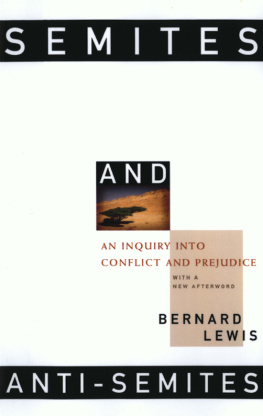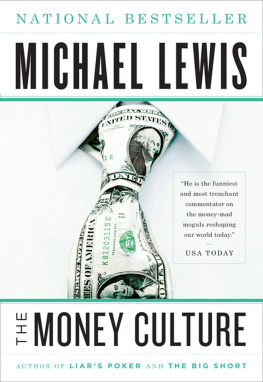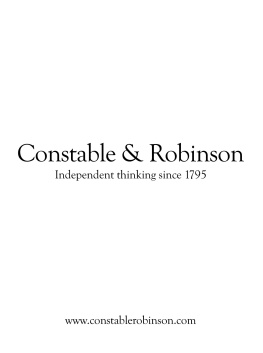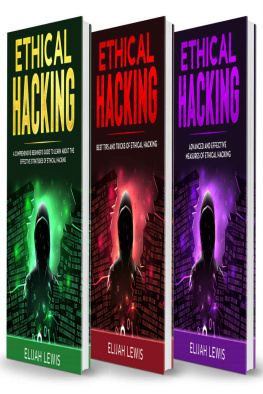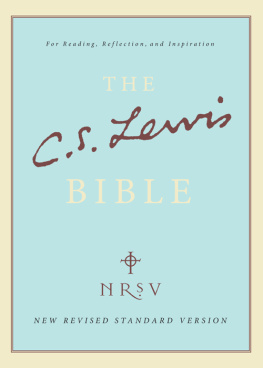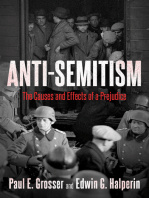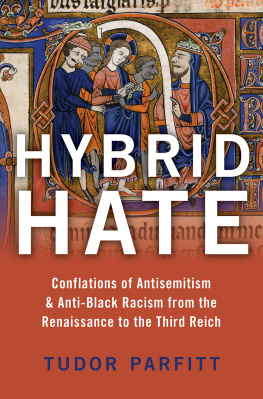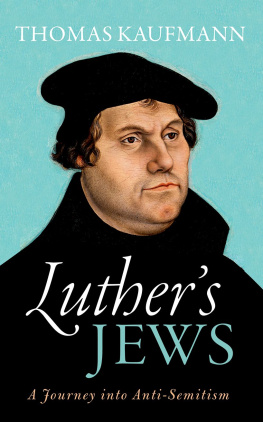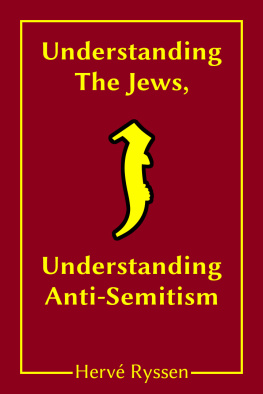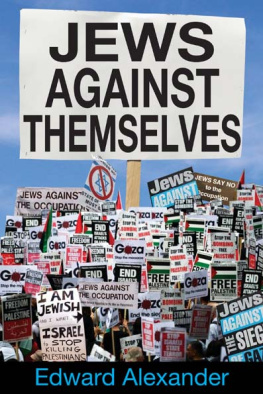Bernard Lewis, a world-respected authority on Islamic and Middle Eastern history, is Professor of Near Eastern Studies Emeritus at Princeton University, where he has been since 1974. Born in London in 1916, he was Professor of the History of the Middle East at the School of Oriental and African Studies, University of London, 194974.
His many books include The Arabs in History (1950, 6th edition 1993), The Emergence of Modern Turkey (1961, 2nd edition 1968), Istanbul and the Civilization of the Ottoman Empire (1963), The Assassins (1967), The Muslim Discovery of Europe (1982, reissued 1994), The Political Language of Islam (1988), Race and Slavery in the Middle East (1990), Cultures In Conflict: Christians, Muslims and Jews in the Age of Discovery (1995) and The Middle East: 2000 Years of History from the Rise of Christianity to the Present Day (1995). His books have been translated into more than twenty languages, including Arabic, Persian, Turkish, Malay and Indonesian.
Semites and
Anti-Semites

Contents
M Y THANKS are due first and foremost to my research assistant, Corinne Blake, whose skill, scholarship, and energy enormously lightened the task of writing this book, and whose critical acumen saved me from falling into a number of pitfalls. She is in no way responsible for those other pitfalls into which I tumbled with my eyes open and by my own choice. I would also like to express my appreciation to Mary Alice McCormick, whose meticulous care and unfailing good temper survived the many changes in my typescript from first draft to final copy. I am indebted for comments, criticisms and suggestions of various kinds to Priscilla Barnum, Theodore Draper, Grace Edelman, David Eisenberg, Zvi Elpeleg, Yuval Ginbar, Judy Gross, Cathleen Kaveny, Itamar Rabinovitch, Shimon Shamir, Elliott Shore, Frank H. Stewart, and some others who made helpful comments but prefer not to be named. I offer them my gratitude for those of their suggestions which I accepted, and my apologies for those which I resisted. My thanks are due to the editors of Survey and of Encounter, in which earlier versions of some paragraphs in chapter 9 were published. Finally, I must record my debt to my colleagues at Princeton University, who in their various ways have deepened my understanding of the problems discussed in this book.
The Middle East has undergone the impact of a series of major changesglobal, regional, and localin the years that have passed since this book was first published. These have transformed but not resolved the issues with which it deals. I have therefore added an afterword to examine the interaction of conflict and prejudice in this new phase.
Once again, it is my pleasant duty to acknowledge my indebtedness to friends and colleagues who helped in various ways. I am especially indebted to Asher Susser and Esther Webman for their prompt replies to my many enquiries. I must add that diey are in no way responsible for either my opinions or my errors.
O N OCTOBER 3, 1980, unknown terrorists placed a bomb in a synagogue in the rue Copernic in Paris. Planned to explode as the worshippers were leaving, it in fact blew up a little early and therefore did much less than the intended damage. Four were killed, two of them non-Jewish passers-by, and ten were injured. The prime minister of France, Raymond Barre, appeared on television a few hours later to express his compassion for the victims and his outrage at the perpetrators. Appalled by what had happened, he exclaimed: They aimed at the Jews, and they hit innocent Frenchmen. Barres meaning was clear: that the deed was done by Arabs, determined to strike at Jews because of their quarrel with Israel, and that they had killed and maimed Frenchmen who happened to be nearby, but who were not Jews and had no connection with the Arab-Israeli conflict. That, however, was not exactly what he said, and his listeners, particularly his Jewish listeners, did not miss the implication that those citizens of Paris at prayer in the synagogue were somehow neither French nor innocent. What made Barres spontaneous outburst more significant is that, as far as is known, he is in not an anti-Semite, and his anger was directed not against the Jewsfor whom he was expressing his sympathybut against those who had struck at them. Many French Jews, while encouraged by the widespread revulsion and anger expressed by their compatriots, asked themselves why their prime minister, in a spontaneous response to an emotional situation, should have spoken in this way. And the uncertainty remains, whether the perpetrators were indeed Arabs, or French anti-Semites.
On September 21, 1982, after the first reports of the massacre of Palestinians at Sabra and Shatila, a group of teachers at one of the major French high schools, the Lyce Voltaire in Paris, declaring themselves to be outraged by the massacres in the Palestinian camps in Beirut, stopped all courses between 10 A.M. and midday. They drafted two letters, one to the president of the French Republic, demanding the breaking of diplomatic and economic relations with the state of Israel and the official recognition of the PLO; the other to the Israel Embassy in Paris, demanding the immediate and unconditional withdrawal of Israeli troops from Beirut and Lebanon. These two letters, with appropriate explanations, were read to the students of the school assembled in the main courtyard. There is no evidence that the teachers of this or other schools had ever been moved to such action by events in Poland or Uganda, Central America or Afghanistan, South Africa or Southeast Asia, or for that matter in the Middle East where the massacre at Sabra and Shatila, with all its horror, lacked neither precedents nor parallels.
Like Barres remarks about a bomb in a synagogue, the response of the Western media to Sabra and Shatila raises profound and disquieting questions, more than can be answered by reference only to the Israeli invasion of Lebanon in June 1982 and the destruction that followed, however appalling this may have been.
There are similar ambiguities in some other European responses to these events. In Italy, for example, the boycotting by airport workers of the Israeli airline El-Al, the distribution of badges with the shield of David and swastika intertwined, and the use of the slogan Nazisrael might perhaps be ascribed to moral indignation at the excesses of the Israelis or of their Lebanese Christian allies. This explanation could hardly however be extended to cover such other protests as the explosion of bombs in synagogues in Milan and in Romethe latter resulting in the death of a two-year-old boy and the wounding of thirty-four other persons, or such lesser events as the cancellation, by a Milan hotel, of a scheduled bar mitzva reception, at the demand of the labor unions. Nor were Italian Jews greatly reassured by the words of comfort offered to them by Luciano Lama, the Italian trade union leader, after the explosion of the bomb in Rome; Jewish friends, do not shut yourselves in upon yourselves, do not isolate yourselves, do not turn the old ghetto into a new ghetto.
The action of the Paris schoolmasters and of some others were clearly inspired by hostile feelings toward Israel, possibly, though not certainly, also toward Jews. The same may be true of some of the media. In the era which began with the rise of Hitler but did not end with his fall, it is almost axiomatic that Jews are news. Even the most minor skirmishes on the borders between Israel and her neighbors are extensively reported and discussed, while the great war between Iraq and Iran, already the fourth and soon to be the third bloodiest war of this century, passes almost unnoticed. Only toward the end of the fourth year of the war, when both sides began to attack neutral shipping, did the world press begin to give it some sporadic attention.

